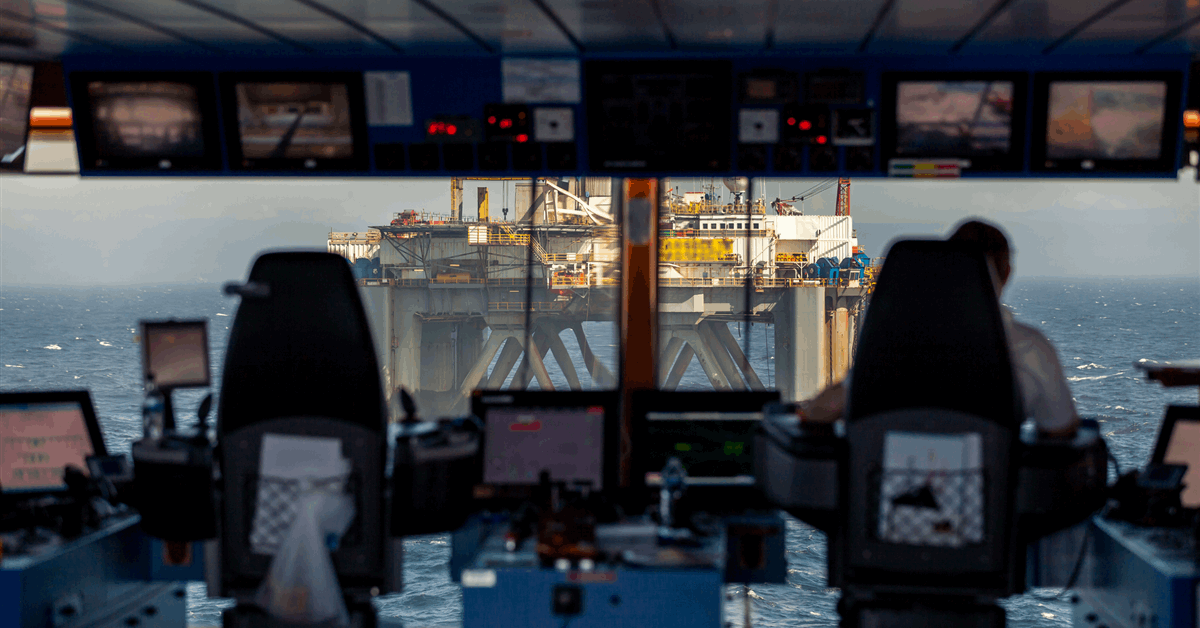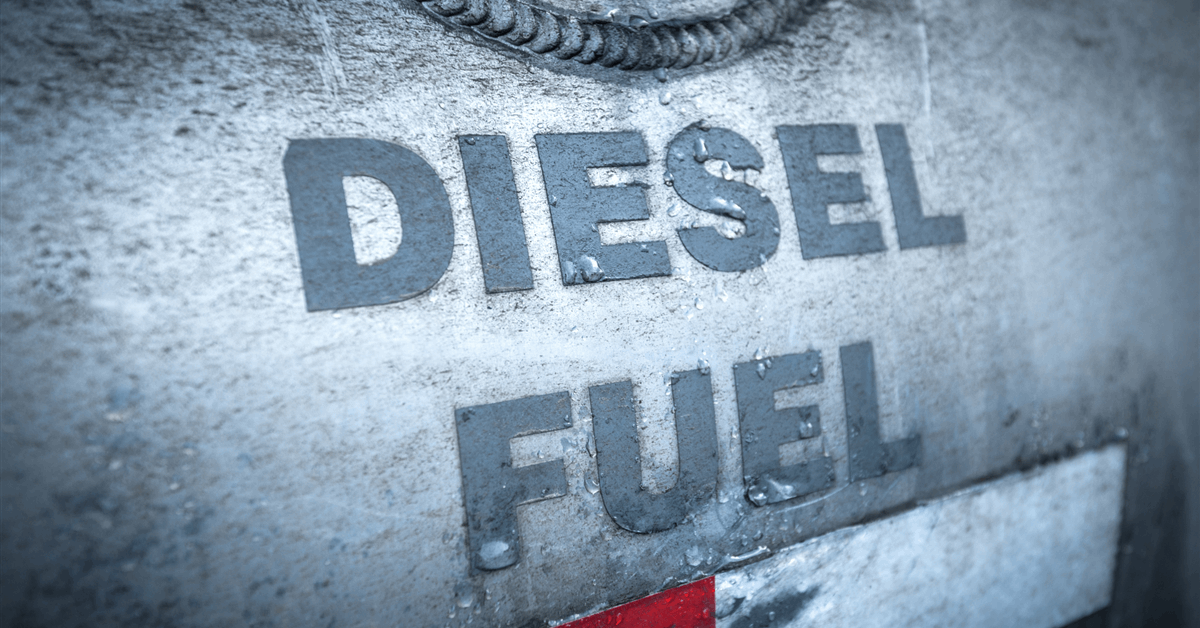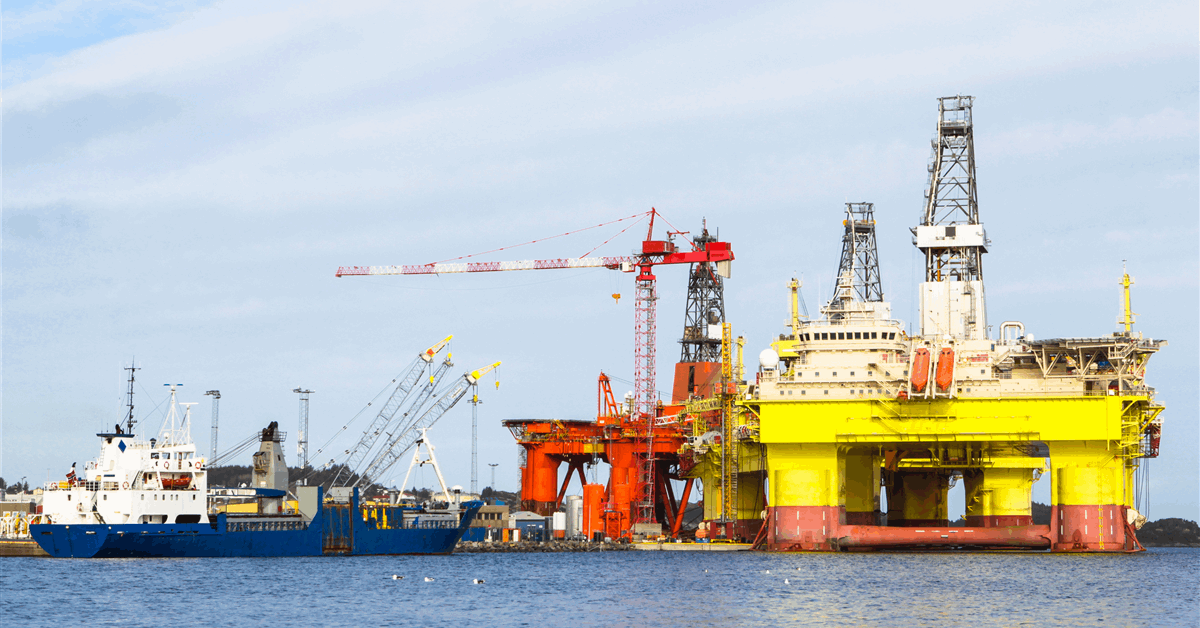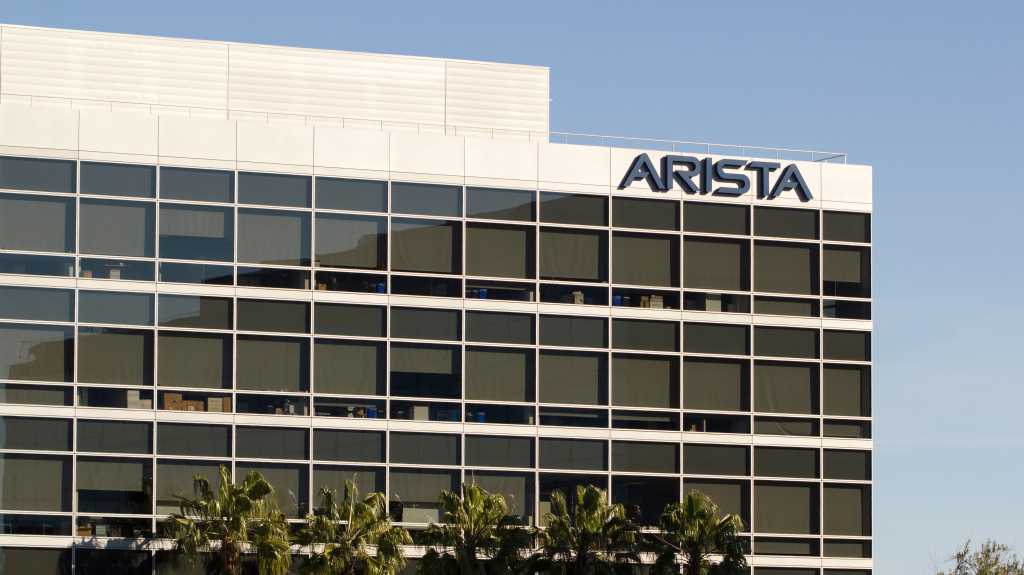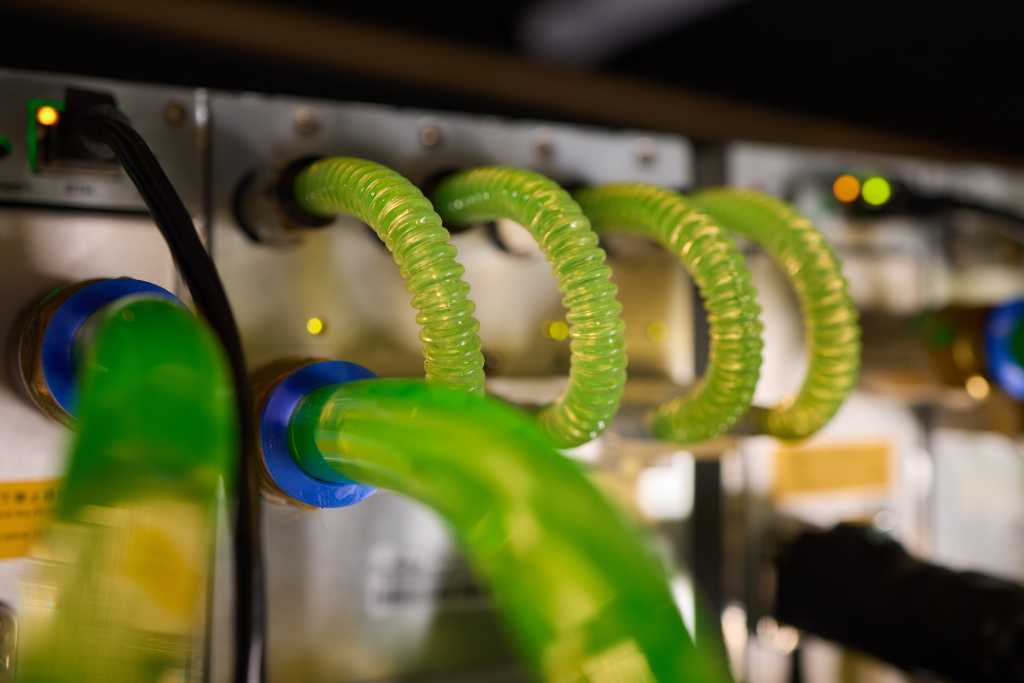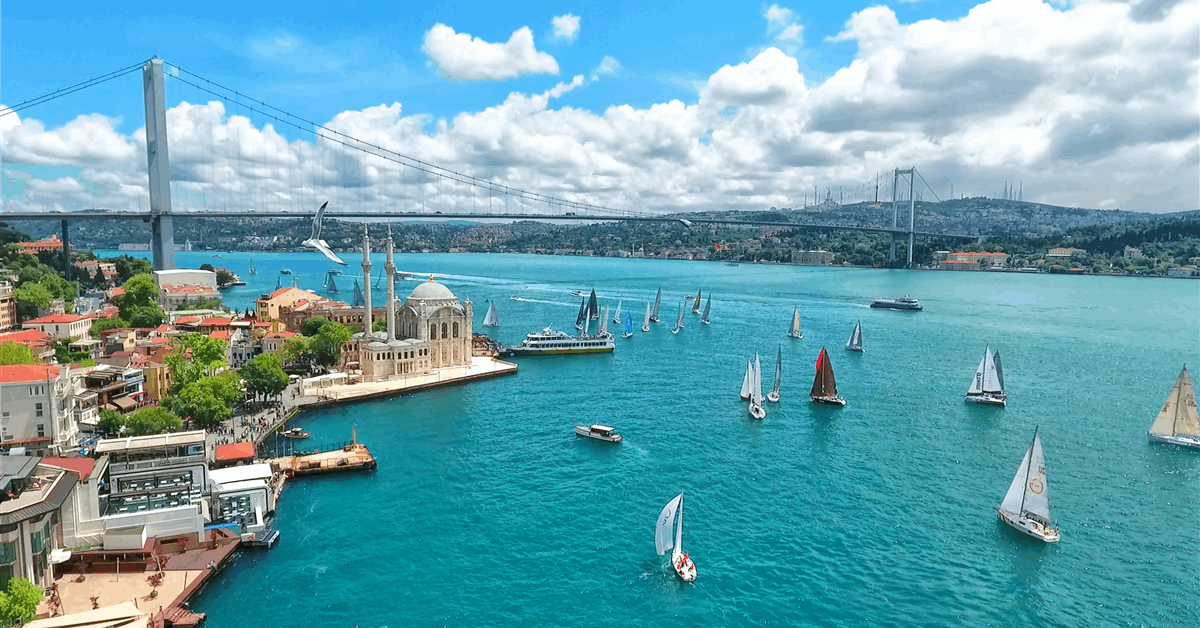
Pipelay giant Castorone headed toward the Black Sea where it will work on the second phase of the Sakarya project for the Turkish Petroleum – Offshore Technology Center (TP-OTC). The vessel, owned by Saipem SpA, crossed the Bosphorus Strait in Turkey, the company said in a media release.
In the early hours of December 26, the vessel crossed the Dardanelles Strait, covering a distance of 36 nautical miles in approximately six hours. In the afternoon, it continued its journey through the Sea of Marmara. Finally, it reached and crossed the Bosphorus Strait in the morning of December 28, covering a distance of 18 nautical miles in about three hours, Saipem said.
Saipem, in a consortium, has secured a contract from TP-OTC for the second phase of the Sakarya FEED and EPCI project, the company said. This phase involves the engineering, procurement, construction, and installation of a roughly 98-mile (158-kilometer), 16-inch pipeline, laid at depths reaching 7,218 feet (2,200 meters) in the Turkish Black Sea, along with an approximately 13-mile (21-kilometer), 16-inch intrafield pipeline at the same depth. Saipem previously completed the first phase of the Sakarya pipeline project in the latter half of 2022, laying deepwater pipelines under a 2021 contract with TP-OTC, it said.
Sakarya is the largest natural gas field discovered in Turkey, located approximately 150 kilometers off the coast of Ereğli, Saipem noted in its release.
“Through its involvement in this strategic project, Saipem contributes to strengthening Turkey’s energy independence,” Saipem added.
For phase 2 of the Sakarya project, Castorone will be tasked with offshore pipeline installation operations, the company said in the release.
Built in 2012, the vessel is 330 meters long and 40 meters wide. It is one of the largest and most technologically advanced pipelay vessels in the world, according to Saipem, which highlighted that it is capable of reaching a maximum speed of 12 knots and accommodates over 700 personnel on board.
Saipem describes its Castorone pipelay vessel as highly versatile, capable of “S-lay” pipeline installation in both shallow and deep waters down to nearly 9,843 feet (3,000 meters). Equipped with a Class 3 dynamic positioning system and eight thrusters, the vessel maintains precise control even in challenging weather, Saipem said.
Advanced welding equipment and two remotely operated vehicles (ROVs), developed by Saipem’s Sonsub Center of Excellence, support construction, maintenance, and ultra-deepwater monitoring activities, according to the company. The Castorone has laid approximately 2,175 miles (3,500 kilometers) of pipeline to date, including a record-setting depth of 7,218 feet (2,200 meters) during the first phase of the Sakarya project, Saipem said.
To contact the author, email [email protected]
WHAT DO YOU THINK?
Generated by readers, the comments included herein do not reflect the views and opinions of Rigzone. All comments are subject to editorial review. Off-topic, inappropriate or insulting comments will be removed.
MORE FROM THIS AUTHOR





